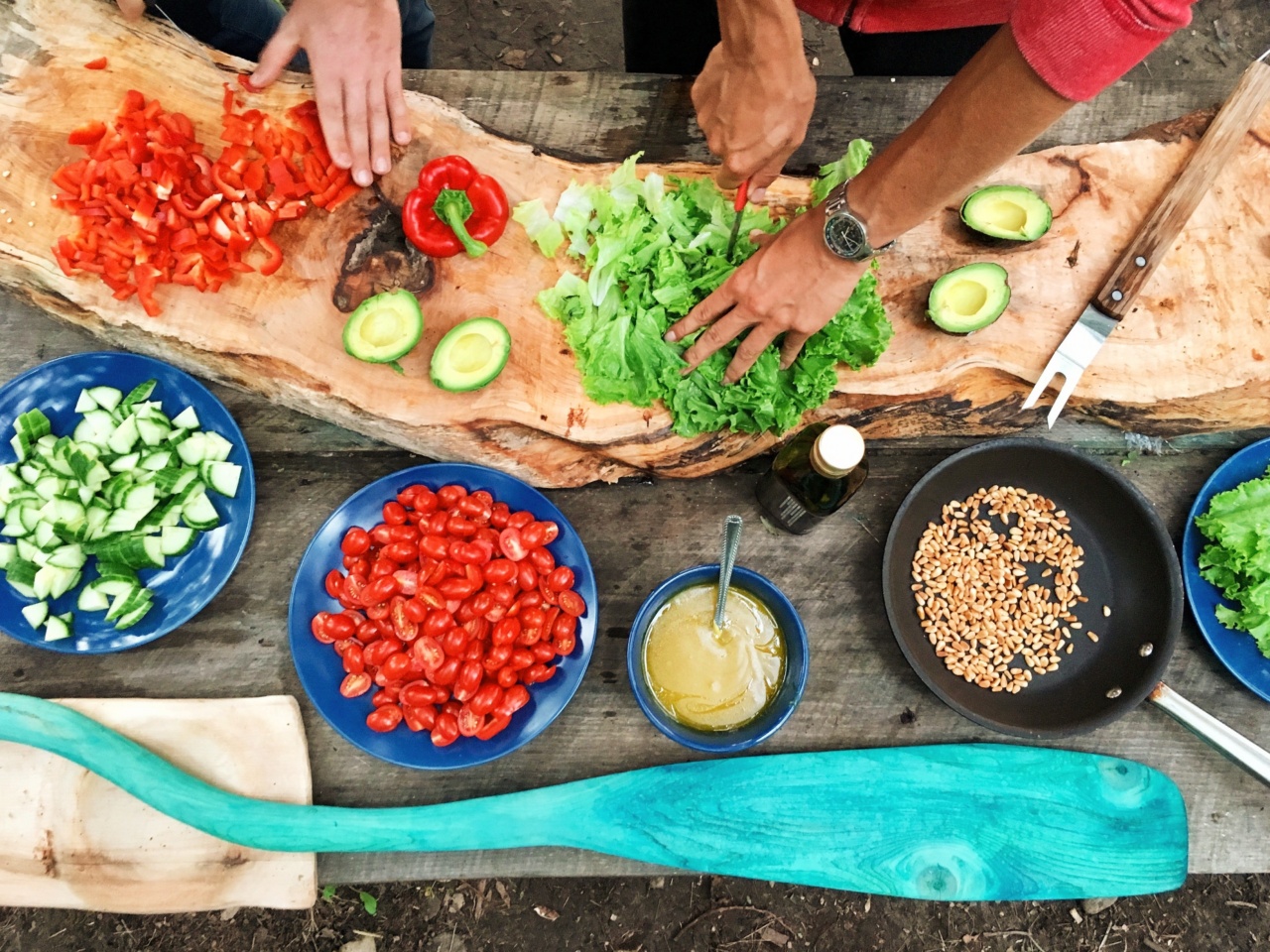Your kidneys are a pair of bean-shaped organs located in your lower back. They perform a vital function by filtering waste products, excess fluid, and toxins from your blood and eliminating them through urine.
In addition to filtering your blood, your kidneys balance your body fluids, produce hormones important for bone and blood health, and regulate your blood pressure.
Healthy kidneys are essential for good health and well-being. To keep your kidneys functioning optimally, it’s essential to adopt a healthy lifestyle, including eating a healthy diet. Here are the top foods for keeping your kidneys healthy:.
Foods Rich in Antioxidants
Antioxidants are compounds that protect your cells against free radical damage and reduce inflammation in your body. Some antioxidants may protect your kidneys from damage, including:.
- Vitamin C: Found in citrus fruits, berries, kiwi fruit, tomatoes, broccoli and peppers.
- Vitamin E: Found in nuts, seeds, and vegetable oils.
- Anthocyanins: Found in blueberries, cherries, blackberries, and raspberries.
Foods High in Fiber
High-fiber foods can help lower your risk of kidney disease by reducing inflammation and blood pressure. Foods high in fiber include:.
- Whole grains: Brown rice, quinoa, barley, bulgur, and millet.
- Legumes: Kidney beans, lentils, chickpeas, and black beans.
- Fruits and vegetables: Apples, pears, berries, broccoli, carrots, and sweet potatoes.
Foods Rich in Omega-3 Fatty Acids
Omega-3 fatty acids are a type of fat found in oily fish, flaxseed, and walnuts. Eating foods high in omega-3 fatty acids may reduce inflammation, improve kidney function, and lower your risk of kidney disease. Foods rich in omega-3 fatty acids include:.
- Fatty fish: Salmon, sardines, herring, and trout.
- Flaxseed and chia seeds: Add to oatmeal, smoothies, or salads.
- Walnuts: Add to yogurt, oatmeal, or salads.
Foods Low in Sodium
High-sodium diets increase blood pressure and damage your kidneys over time. To reduce your sodium intake, avoid processed foods, canned foods, and salty snacks. Instead, opt for fresh or frozen foods and cook your meals from scratch.
Aim to eat less than 2,300 milligrams of sodium per day. Foods low in sodium include:.
- Fresh fruits and vegetables: Apples, oranges, carrots, peppers, and cucumbers.
- Whole grains: Brown rice, quinoa, bulgur, and buckwheat.
- Lean protein: Chicken breast, tofu, and fish.
Foods Low in Phosphorus
Your kidneys play a crucial role in regulating the amount of phosphorus in your blood. However, when your kidneys don’t function correctly, the phosphorus level in your blood can become too high.
High levels of phosphorus may cause bone and heart problems. To keep your phosphorus levels within the normal range, consider eating less phosphorus-rich foods, including:.
- Dairy products: Milk, cheese, and yogurt.
- Nuts and seeds: Pumpkin seeds, sunflower seeds, and almonds.
- Whole grains: Bran, wheat germ, and quinoa.
Foods Low in Potassium
Your kidneys also help regulate the amount of potassium in your blood. When your kidneys can’t eliminate excess potassium, it can build up in your blood, leading to hyperkalemia.
High levels of potassium can be life-threatening for people with kidney disease. If you have kidney disease, you may need to limit your potassium intake. Foods low in potassium include:.
- Fruits: Apples, berries, grapes, and watermelon.
- Vegetables: Broccoli, cabbage, cucumber, and lettuce.
- Grains: Rice, pasta, and bread.
Summary
Eating a healthy diet is essential for keeping your kidneys healthy. A diet rich in antioxidants, fiber, and omega-3 fatty acids can reduce inflammation and improve kidney function.
Additionally, reducing your sodium, phosphorus, and potassium intake can lower your risk of developing kidney disease or worsening an existing condition. Speak to your doctor or a registered dietitian to create a personalized diet plan that meets your nutritional needs.



























